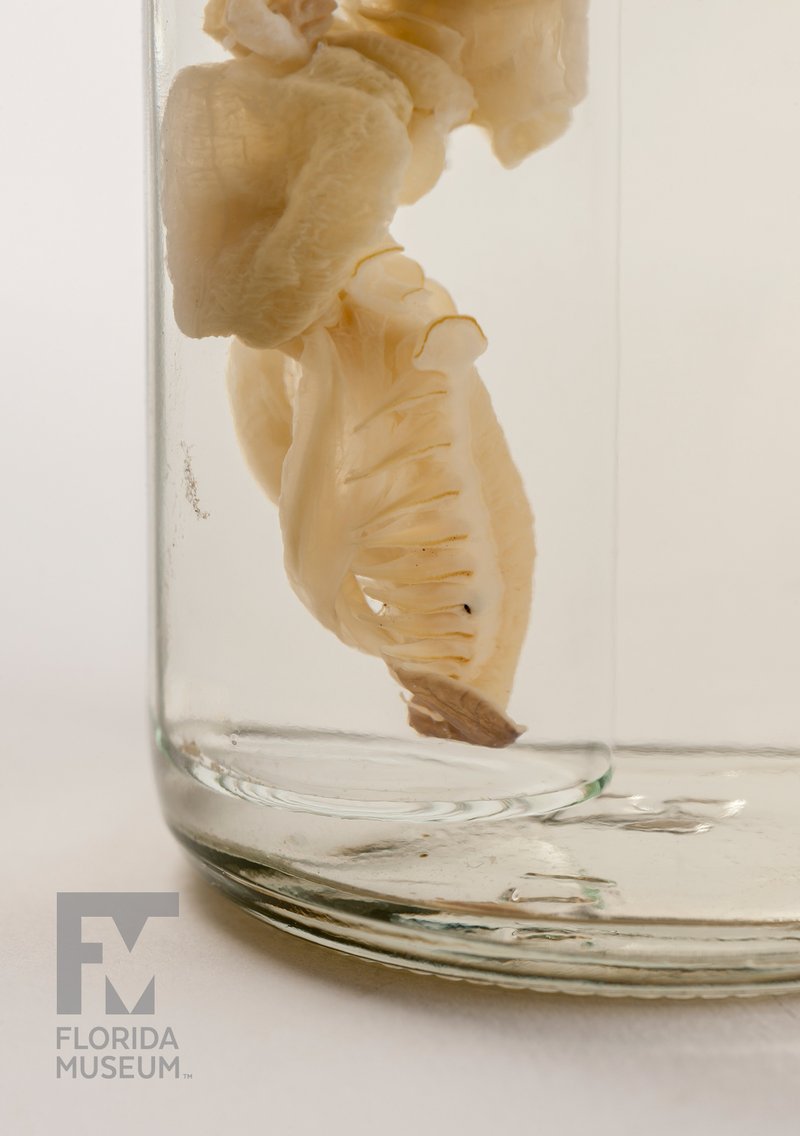
You might be surprised to learn how many dangers lurk around for these worms. From birds swooping down to the more subtle threats from pollution and habitat loss, it’s a tough life for a segmented worm. Their survival is essential not just for themselves but for the overall health of our environment. Let’s dive into the various predators and environmental stressors that impact these vital creatures.
Understanding Segmented Worms and Their Role
Segmented worms, commonly known as annelids, are fascinating little beings. They’re easily recognized by their elongated bodies divided into segments. Think of them as nature’s recyclers—the way they break down organic matter and enrich the soil is simply amazing. Without their hard work, our gardens wouldn’t thrive, and the soil would lose its vitality.
These worms breathe through their skin, which means they need a moist environment to survive. When it rains, they come to the surface, much to the delight of birds and other predators. Despite being small (most are just a few inches long), their impact on the ecosystem is huge. The question arises: what keeps these segmented worms in check? Let’s explore their predators.
Common Predators of Segmented Worms
There are many predators that enjoy munching on segmented worms. Birds are perhaps the most well-known culprits. Robins, for instance, have an incredible knack for spotting worms in the soil, making them a significant threat. When a bird pecks at the ground, it’s not just looking for a snack; it’s playing a crucial role in maintaining the balance of the ecosystem.
But birds aren’t the only ones—we also have various mammals like moles and shrews. These creatures dig through the soil, hunting for worms to feast on. It’s a bit like a game of hide and seek, where the segmented worms are desperately trying to stay out of sight while also doing their job of aerating the soil.
Here are a few more predators to consider:
- Amphibians: Frogs and salamanders love to chow down on worms. They play a dual role by helping control worm populations while also benefiting from their nutrients.
- Insects: Some ground beetles and other insects will also snack on worms, adding to the list of threats they face.
How Environmental Threats Impact Segmented Worms
Now that we’ve covered predators, let’s shift focus to the environmental threats that plague segmented worm populations. With climate change and pollution on the rise, segmented worms are feeling the pinch. Their delicate skin makes them particularly susceptible to contaminants. It’s like being a superhero without a shield in a polluted world.
One of the most pressing issues is contamination by pesticides and chemicals that wash into the soil. When these pollutants seep in, they can disrupt the worms’ ability to breathe and reproduce. Imagine trying to breathe through a plastic bag—that’s what it’s like for them.
Soil erosion is another significant threat. When rain washes away the topsoil, it strips away the habitat that worms rely on for survival. The less soil they have, the fewer nutrients they can provide to the ecosystem, creating a ripple effect.
Climate Change and Its Effects on Worm Populations
Let’s talk about climate change for a moment. As temperatures rise and weather patterns shift, the habitats where segmented worms thrive are becoming less stable. Just like we need a comfortable home, these worms need specific conditions to survive. If temperatures get too hot or too cold, they can struggle to adapt.
During extreme weather events, like heavy rains or droughts, worm populations can be hit hard. Too much water can drown them, while too little can dry them out. It’s a tough balancing act, and with changing climates, it’s becoming more challenging for these little creatures to keep up.
Additionally, warmer temperatures might lead to the introduction of new predators that thrive in these changing conditions. It’s like a game of musical chairs—every time the music changes, the rules do too.
The Importance of Conservation Efforts
Understanding the threats segmented worms face can help us protect them better. Conservation efforts are essential, and every little step counts. Whether it’s advocating for less pesticide use or supporting habitat restoration projects, we can all play a role.
Simple actions like creating a compost pile in your backyard not only support worm populations but also contribute to healthier soil. By embracing organic gardening practices, we can create environments where segmented worms can thrive alongside plants. It’s like building a welcoming community for them—a safe haven where they can do their vital work.
You might also consider participating in local conservation programs focused on soil health. Educating others about the importance of these little worms goes a long way in preserving their populations. Remember, a healthy worm population means healthier soil, which ultimately leads to a flourishing ecosystem.
In conclusion, segmented worms are small but mighty creatures that play a huge role in maintaining the health of our soil and ecosystems. They face numerous threats, from hungry predators to environmental challenges like pollution and climate change.
By understanding their struggles and advocating for conservation efforts, we can help ensure that these unsung heroes continue to thrive in our environment. After all, every small action contributes to a larger impact. Let’s work together to make sure that the segmented worms feel safe and valued in their roles as nature’s recyclers. It’s a win-win for the planet and for the creatures that call it home!

